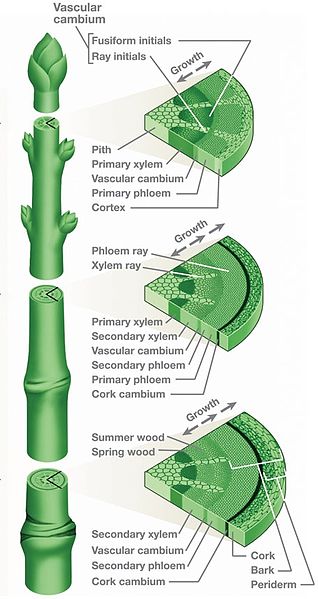
Nutrition
Curcuma
Longa is autotrophic organism, which means that plant
has the ability to makes its own food. It used several processes
called photosynthesis, that means that plant converting
sunlight to chemical energy and storing it in a bond of sugar.
Plant makes sugar by light energy, carbon dioxide and water.
Chloroplast is the place for photosynthesis. Plant uses
chlorophyll, the green pigment in photosynthesis process.
Actually, chlorophyll is the cause of green color for plant.
Photosynthesis takes place in leaves.
The chemical reaction in photosynthesis is
 The
output of oxygen from this processes is what we are using for breathing.
The chemical reaction must take place in the light, and without
light the plant could not grow up. Curcuma Longa takes water by
roots from soil and absorb the carbon dioxide from the air by its
chloroplast. By light energy, Curcuma Longa could convert
the oxygen and the water to sugar( glucose). The left of glucose
store as a starch. Plant used xylem to transport water and mineral
from the root to leaf, and use phloem to transport food from root to
leaf.
The
output of oxygen from this processes is what we are using for breathing.
The chemical reaction must take place in the light, and without
light the plant could not grow up. Curcuma Longa takes water by
roots from soil and absorb the carbon dioxide from the air by its
chloroplast. By light energy, Curcuma Longa could convert
the oxygen and the water to sugar( glucose). The left of glucose
store as a starch. Plant used xylem to transport water and mineral
from the root to leaf, and use phloem to transport food from root to
leaf.
The Curcuma Longa roots are under the soil, and it plays a big role in its nutrition. The major functions for its roots are the absorption of water and inorganic nutrients with storage of food and nutrients. Also, Curcuma Longa roots have rhizomes, which allow to plant to use vegetative reproduction.
Go to adaptation to learn more about rhizome, or go to visit the reproduction page .

